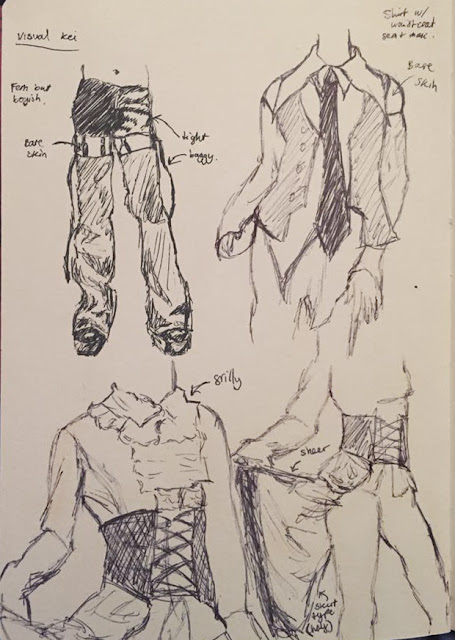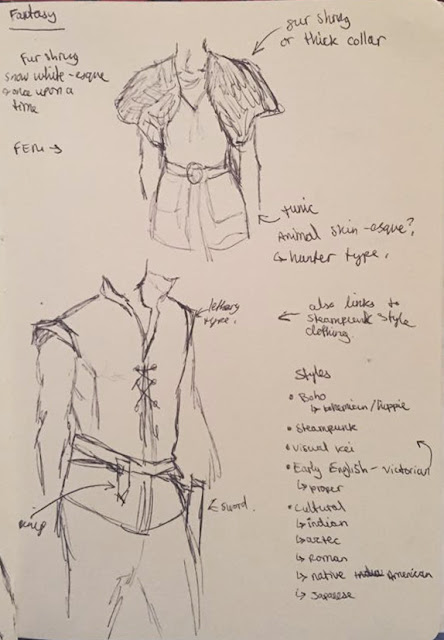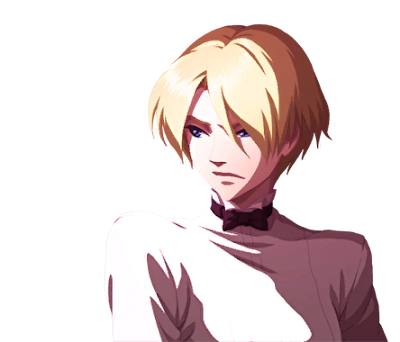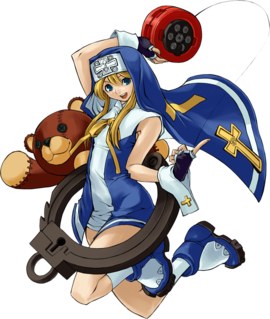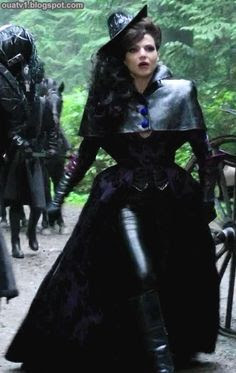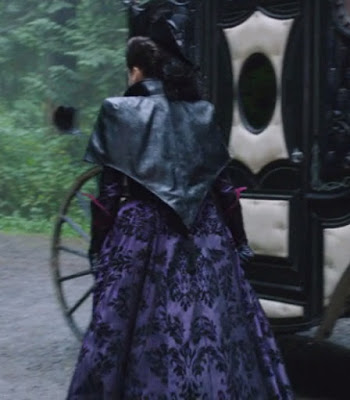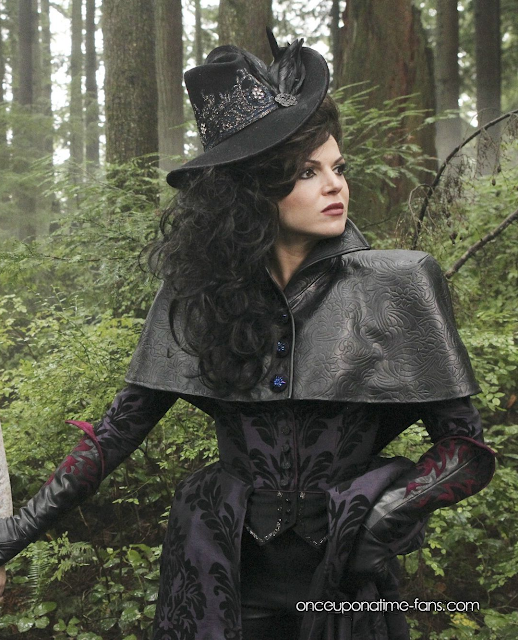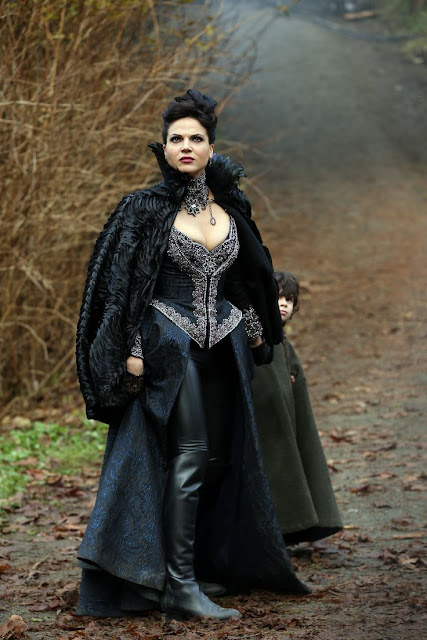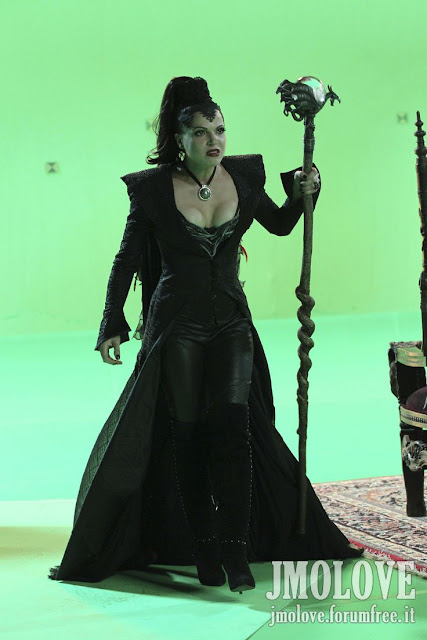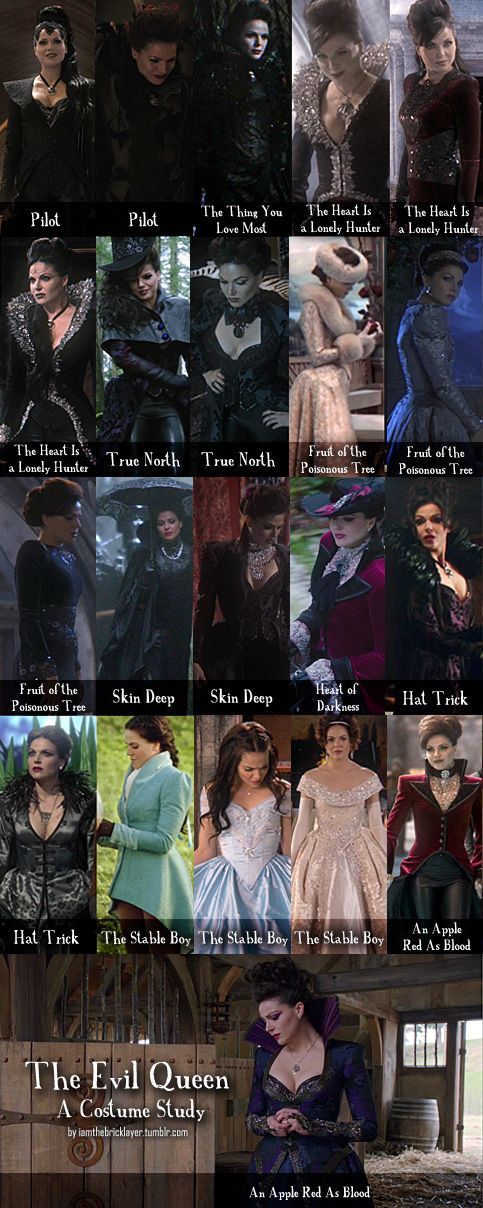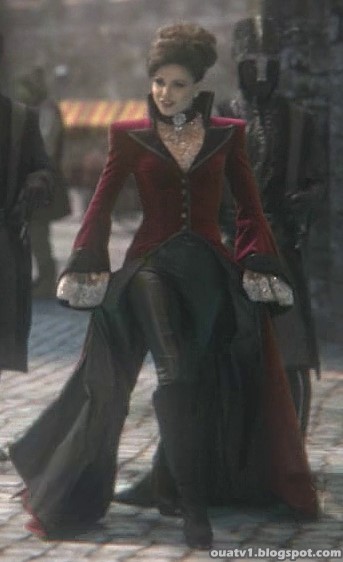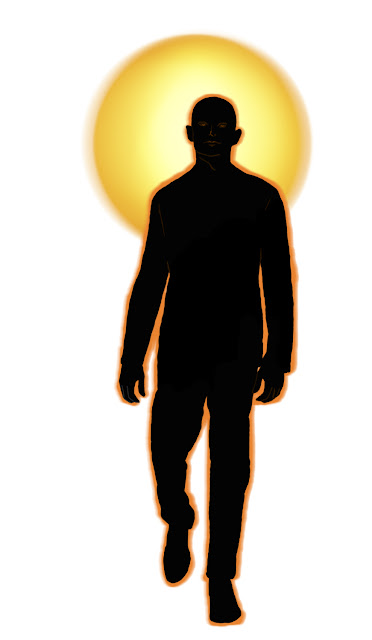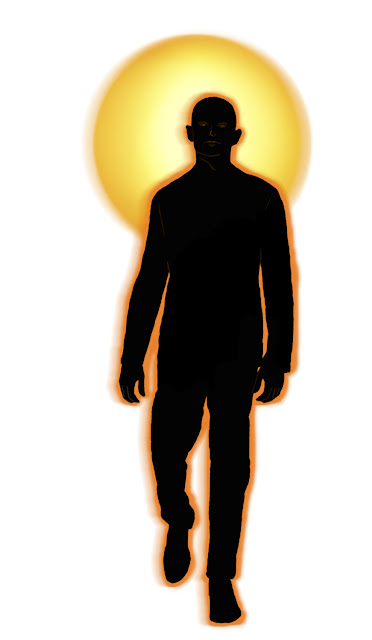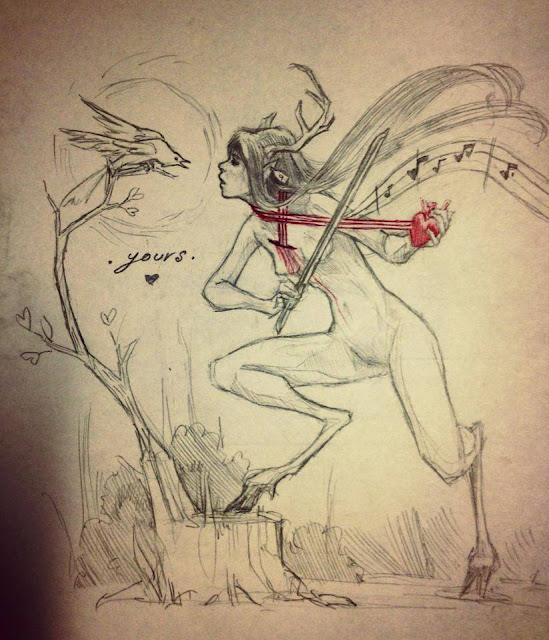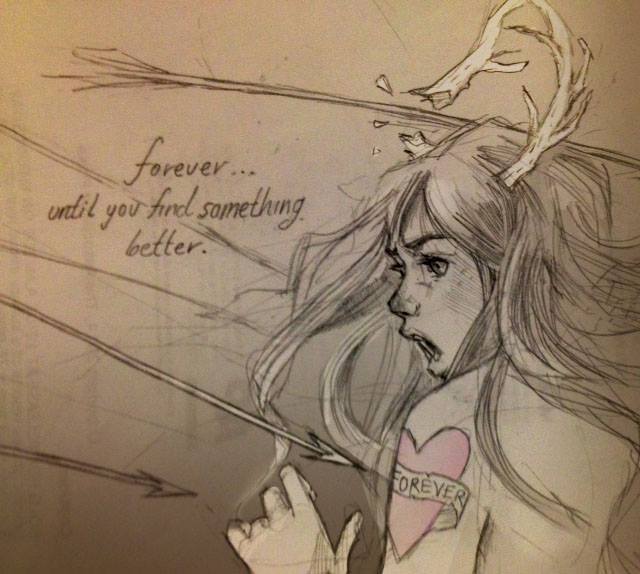The article talks about how alien invasions in video games is becoming a common occurrence. It states that "scholarly works have dealt with videogames addressing issues like post-9/11 culture, but little attention has been paid to the alien invasion games that, while trading in the same fear of destruction, have transcended these political and cultural concerns. Instead, they address deeper held Western ideas, such as a Eurocentric view of the world, which features a sharp distinction between Insiders and Outsider "Others," and the related theme of US reputation overseas."
The extract below, talks about how the aliens in GoW actually symbolise foreigners, due to their humanoid features, and how it could be a metaphor for a racial/cultural divide.
In the Gears of War series, for example, human beings have been attacked by creatures that have risen up out of the ground and destroyed most inhabited areas. These creatures walk on two legs, have the basic facial structure of human beings (eyes, mouth, nose), and speak in a form of garbled "English." These physical traits signify that they share a foundational genetic similarity with the humans themselves, and this opens up the possibility of reading them as signifying a different race than the protagonists. The skin color of the creatures, called Locust by the humans, as well as their uneven skin texture mark them as different and "Other." The protagonist characters in the Gears of War series would not all be considered White, with the main group including a man coded as Black and another coded as Latino, but with their English and their mannerisms they all signify American. The Locusts' speech, which can be understood to contain words like "Die Ground-Walker" as if it was spoken with a severe rasp, connotes that the language spoken by them is related to English but foreign at the same time. All of this points to the aliens being coded as human-like enough to understand, but as being racial and culturally different enough to repel. It is in their similarities that the connection can be made that these creatures do not simply denote a completely alien race attacking the humans, but instead they connote a race of humans that is strange and foreign to the protagonists. It should be noted that anthropomorphized alien creatures are not only common within the science fiction genre, but also make sense in shooter games for movement and aiming purposes. However, the addition of "garbled" English and features so closely resembling humans pushes this feature towards "Othering."
These same signifying dynamics are present in other videogames of the same subject matter. The Resistanceseries also depicts humanity under siege from an alien force that is threatening to take over all areas of the world. The creatures in this game, known as the Chimera, also walk on two legs and have the basic movements and characteristics of human beings. The connection between alien and human in this series is even more direct because the Chimera are "created" by incubating human beings in pods to "convert" them. They emerge from these pods with eight eyes and different colored skin, signifying their connection with humanity along side their "Otherness." In Resistance 2 (Insomniac Games, 2008), the protagonist Nathan Hale gets up close and personal with these pods as he encounters an infested small town where they hang from the very walls of idyllic small town homes. Not only does the presence of the pods containing half-formed Chimera in the homes of the humans signify the connection between the two species, but also when Hale breaks open the pods there is an unmistakable splash of blood that sprays. Blood is an important theme throughout these games because, as Michel Foucault states, blood signifies and is "a reality with a symbolic function" (1979, p.147). In this case, the red blood that breaks loose from the pod, along with the half-formed Chimera that falls out, signify the connection these creatures have to human beings. Some games are even more blatant about the connection between humans and the invading "alien" forces. The Killzone series depicts a post-apocalyptic world where a group of humans were forced to leave and live on the planet Helghast. These former humans, now known as Helghans, attack the remaining humans. The Helghans must wear respirator masks due to the Helghast atmosphere, but they are direct descendants of the human race.
All of these examples of narrative elements speaks to the connection of the alien forces to humanity and yet "Others" them so as to make them easily killable. This distinction between "Other" and normal, as a feature of media texts, is a process reminiscent of the seminal social psychological work of Henri Tafjel that discussed ingroup and outgroup dynamics. Tafjel states:
in order for the members of an ingroup to be able to hate or dislike an outgroup, or to discriminate against it, they must first have acquired a sense of belonging to a group which is clearly distinct from the one they hate, dislike or discriminate against (1974, p. 66)
In these alien invasion videogames, the ingroup is established as the normal Western human beings and the outgroup established as the "Other" aliens, which stand in for the broader cultural "Other." This coding and the added element of symbolic violence serve to attack cultural "Others" without complicating gamers' identification with game protagonists. Blurring the lines between human and alien helps to reify cultural fears of those that are different through serial violence done to the alien "Others."
This to me is an interesting theory, however, I do not agree with it. Having played Resistance, it seems to me that the Chimera are simply an alien race. Following sci-fi films and the idea of aliens coming to take over the earth and wipe out humanity. It makes sense. It does not seem to have a deeper meaning. However, it is definitely interesting and something to keep in mind when designing characters that appear somewhat alien, yet human. The human features enable the player to more easily empathise with the character, however, this would also have something to do with the story when developing a character that is meant to have much more symbolic meaning than just alien.
This to me is an interesting theory, however, I do not agree with it. Having played Resistance, it seems to me that the Chimera are simply an alien race. Following sci-fi films and the idea of aliens coming to take over the earth and wipe out humanity. It makes sense. It does not seem to have a deeper meaning. However, it is definitely interesting and something to keep in mind when designing characters that appear somewhat alien, yet human. The human features enable the player to more easily empathise with the character, however, this would also have something to do with the story when developing a character that is meant to have much more symbolic meaning than just alien.

